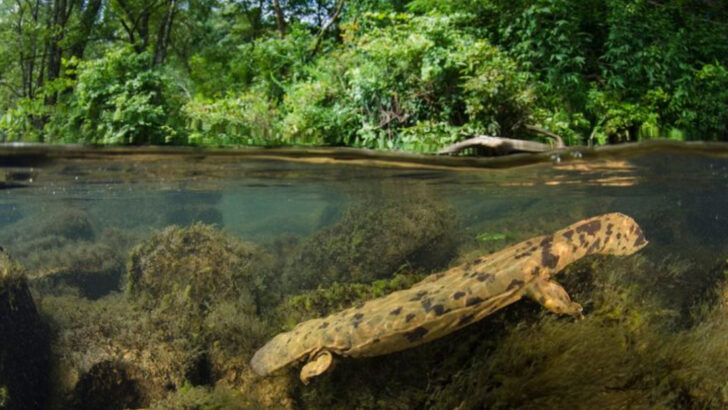West Virginia is a hidden gem for wildlife lovers. Tucked between the Appalachian Mountains and rolling hills, this state is a sanctuary for creatures big and small, from the mighty black bear to the elusive bobcat.
Nature’s symphony plays out across its forests, rivers, and valleys, each corner of the state home to a fascinating range of animals that have adapted perfectly to its diverse habitats. Whether you’re exploring the rugged mountains or wandering along serene trails, the wildlife is as much a part of West Virginia as its breathtaking views.
This list uncovers 25 remarkable animals that call West Virginia home, each one playing a vital role in the intricate dance of life that defines this wild haven. Prepare to be amazed by the creatures that bring this state’s ecosystem to life and discover a side of West Virginia that you’ve never seen before
Black Bear
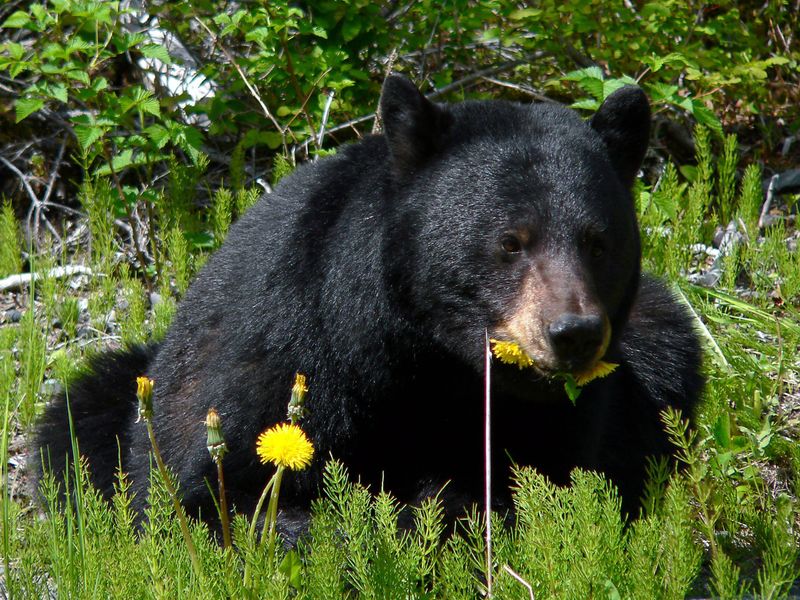
The Black Bear is a symbol of West Virginia’s wilderness. These majestic creatures roam the Appalachian mountains, where they find an abundance of food and shelter. Black bears are solitary animals, known for their strength and agility.
Despite their size, they are excellent climbers and swimmers. Typically, black bears are omnivorous, with a diet ranging from berries and insects to small mammals.
Conservation efforts have ensured a stable population in the state. For those exploring West Virginia’s wild places, spotting a black bear is a highlight. Their presence is a testament to the state’s thriving wilderness.
White-tailed Deer
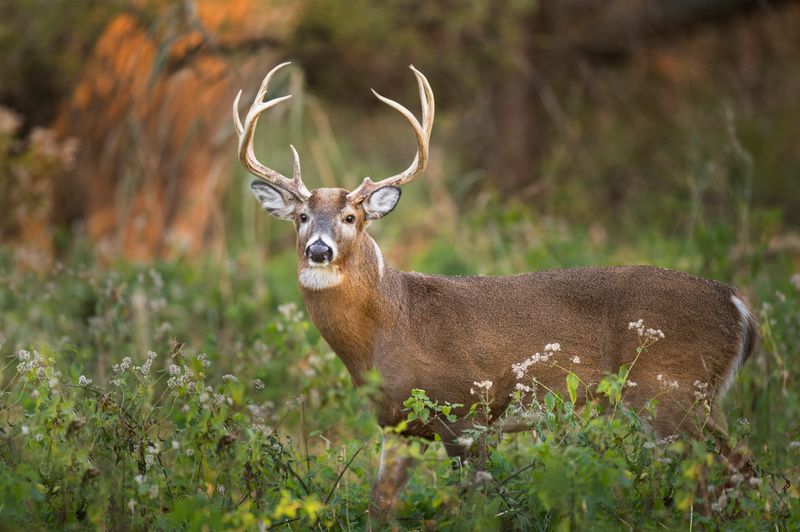
The White-tailed Deer is one of the most common sights in West Virginia. These elegant animals are recognized by their characteristic white-lined tails. They inhabit forests, fields, and even suburban areas.
White-tailed deer are herbivores, feeding on a diet of leaves, twigs, and fruits. During the autumn, bucks grow antlers, which are shed in the winter. The species has adapted well to human presence, often seen grazing near roadsides.
Their adaptability and beauty make them a beloved part of West Virginia’s natural scenery, cherished by hunters and wildlife watchers alike.
Eastern Wild Turkey
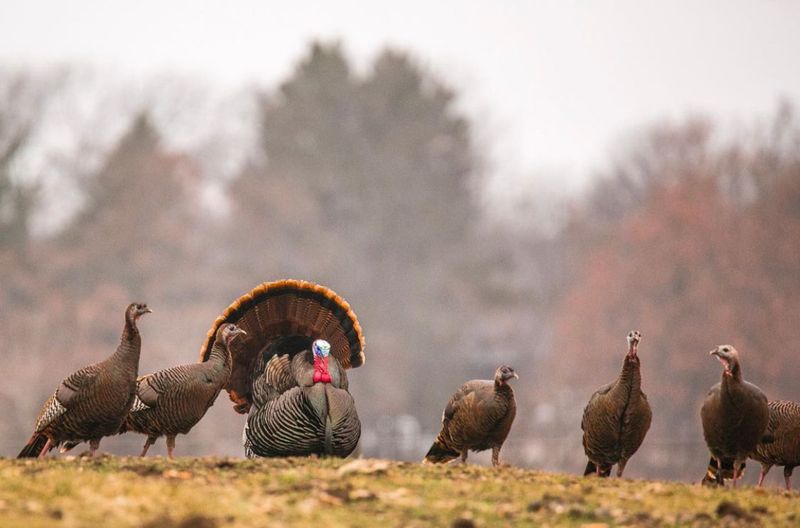
Eastern Wild Turkeys are a staple of West Virginia’s forests. These large, ground-dwelling birds are known for their impressive plumage and distinctive gobble. They thrive in woodlands and open fields, foraging for seeds, insects, and small reptiles.
Wild turkeys play a vital role in the ecosystem by dispersing seeds. With their keen eyesight and swift running, they evade predators effectively.
Springtime in West Virginia is marked by the male turkey’s elaborate courtship displays, featuring fanned tails and gobbling calls. Their presence is essential to the state’s rich avian diversity, contributing to its ecological health.
Brook Trout
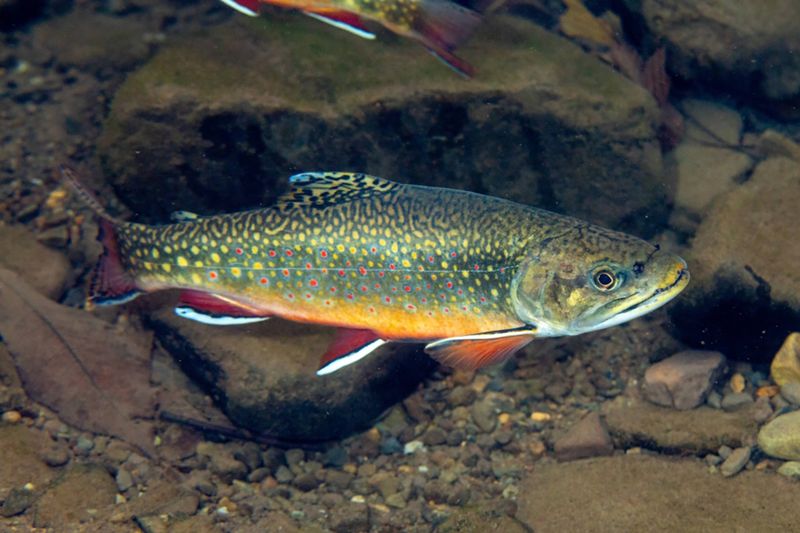
Brook Trout is an iconic fish species in West Virginia’s freshwater streams. Renowned for their beautiful markings, these fish are found in cold, clear waters of the Appalachian region.
They serve as an indicator of water quality, requiring pristine conditions to thrive. Brook trout are primarily insectivores, feeding on aquatic insects and small crustaceans.
Anglers treasure their presence, as they are a popular sport fish. Conservation efforts focus on maintaining healthy waterways to support their populations. Their existence reflects the clean, vibrant waters that are a hallmark of West Virginia’s natural environment.
Eastern Box Turtle
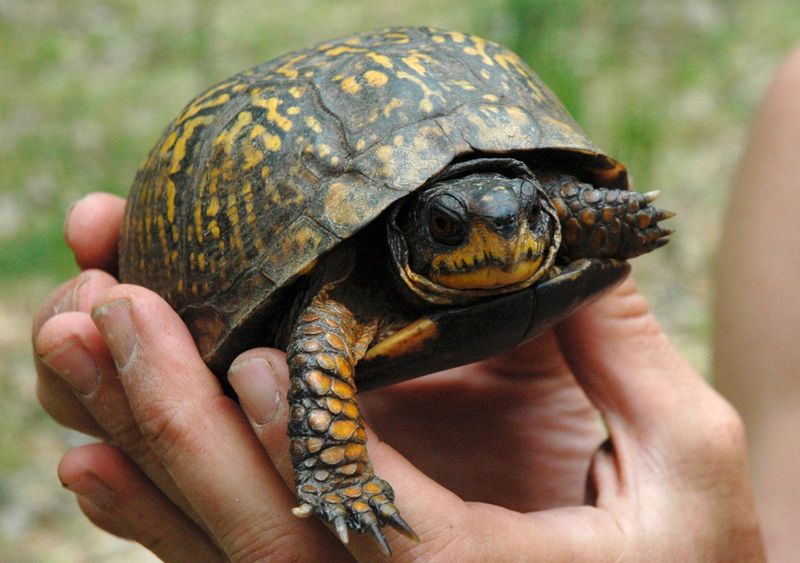
Eastern Box Turtles are a common sight in West Virginia’s forests and grasslands. Recognizable by their dome-shaped shells and vibrant patterns, they’re slow-moving reptiles that lead a terrestrial lifestyle.
These turtles are omnivorous, consuming a varied diet of plants, insects, and fruits. They are known for their longevity, often living for several decades.
Habitat protection is crucial for their survival, as they face threats from habitat loss and road traffic. They embody resilience and adaptation, playing an essential role in the ecosystem as seed dispersers and pest controllers.
Virginia Opossum
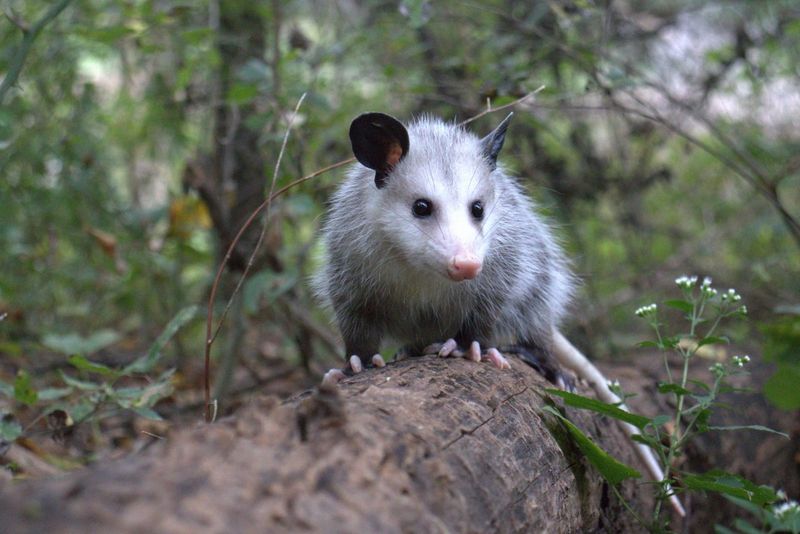
Virginia Opossums are North America’s only marsupials, thriving in the diverse habitats of West Virginia. They are adaptable creatures often seen in wooded areas and urban settings.
Opossums are omnivores, feeding on everything from fruits and grains to insects and small animals. Their prehensile tails and opposable thumbs aid in climbing and foraging.
Known for their defense mechanism of ‘playing dead,’ they are fascinating creatures of survival. Despite being misunderstood, they contribute positively by controlling insect populations and cleaning up carrion. Their presence enhances the ecological balance of West Virginia’s landscapes.
Red Fox
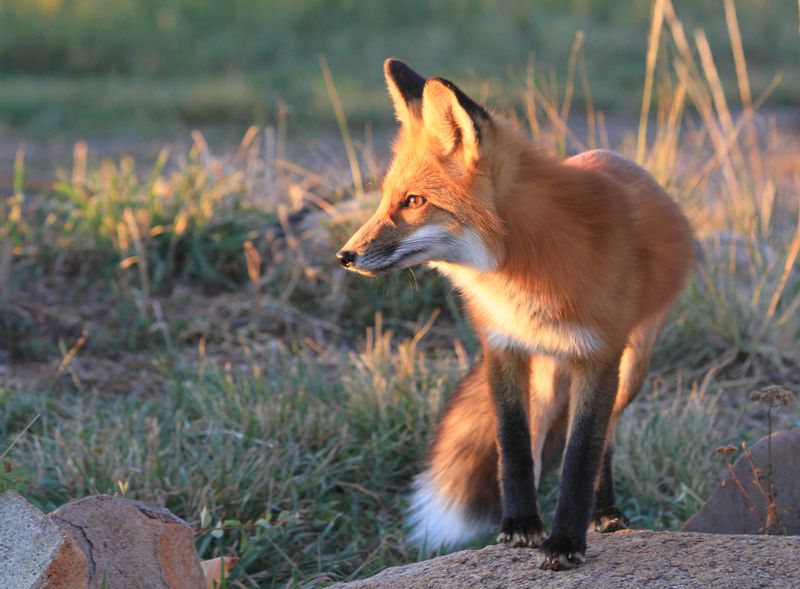
Red Foxes are among the most adaptable and widely spread mammals in West Virginia. Known for their cunning nature and striking red fur, these foxes thrive in varied environments, including forests, grasslands, and urban areas.
They are opportunistic feeders, preying on rodents, birds, and invertebrates. Red foxes play an essential role in controlling small mammal populations, thus maintaining ecological balance.
Their intelligence and adaptability have allowed them to coexist with humans. With their distinctive appearance and elusive behavior, they captivate both wildlife enthusiasts and casual observers in West Virginia.
Great Horned Owl
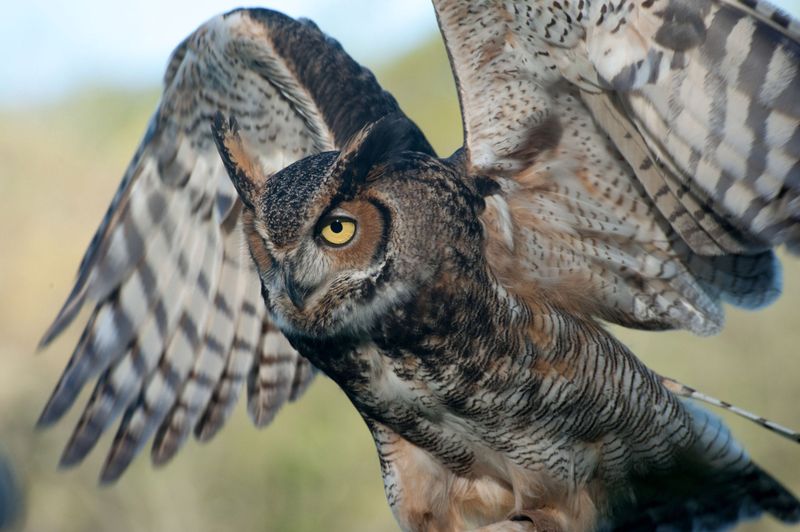
Great Horned Owls are formidable nocturnal predators in West Virginia’s forests. With their striking ear tufts and keen eyes, they are skilled hunters of the night.
These owls prey on a diverse range of animals, including rodents, birds, and even skunks. Their adaptability to different habitats, from dense forests to suburban areas, is impressive.
Known for their distinctive hoots, they are active year-round, contributing to West Virginia’s vibrant nocturnal wildlife. The presence of Great Horned Owls is indicative of a healthy ecosystem, as they help control prey populations and ensure biological diversity.
Timber Rattlesnake
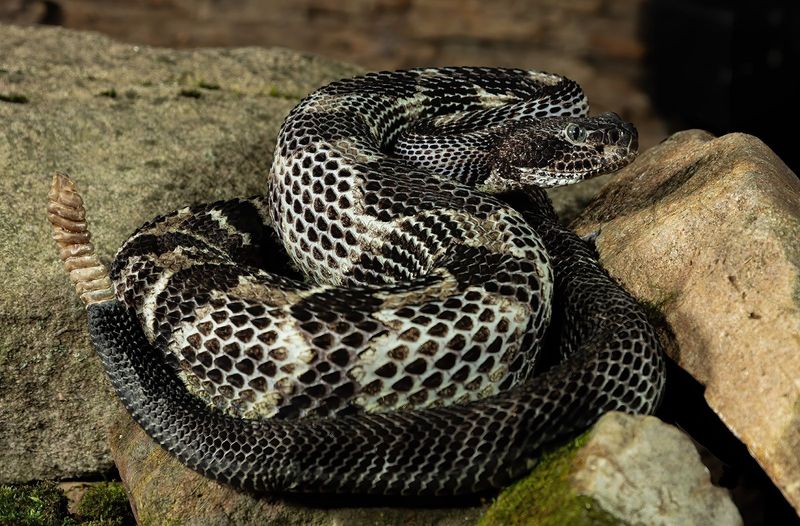
Timber Rattlesnakes are one of West Virginia’s native venomous reptiles. Known for their distinctive rattle, these snakes inhabit rocky outcrops and dense forests.
Their diet primarily consists of small mammals and birds, and their presence helps control rodent populations. Timber rattlesnakes are often misunderstood and feared, but they play a critical role in maintaining ecological balance.
Encounters with humans are rare, as these snakes are generally reclusive. Their presence reflects the state’s diverse reptilian fauna, highlighting the importance of conservation efforts to protect these fascinating yet feared creatures.
Piping Plover
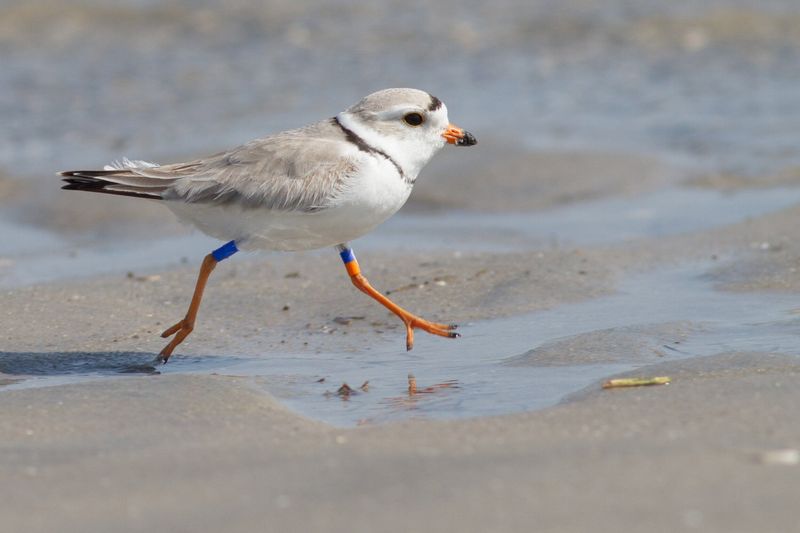
The Piping Plover is a small, pale bird that frequents the sandy shores of West Virginia’s rivers. Known for their distinctive black bands across the neck and forehead, these birds are a delight to observe.
They have a charming tendency to run in short bursts across the sand, searching for insects and small crustaceans.
Piping Plovers are considered a vulnerable species, with conservation efforts underway to protect their habitats along West Virginia’s waterways. These birds are crucial for the ecosystem, as they help control pest populations and indicate the health of their sandy environments.
Their breeding habits are quite fascinating, with both parents involved in raising the young, showcasing their dedication to family life.
American Woodcock
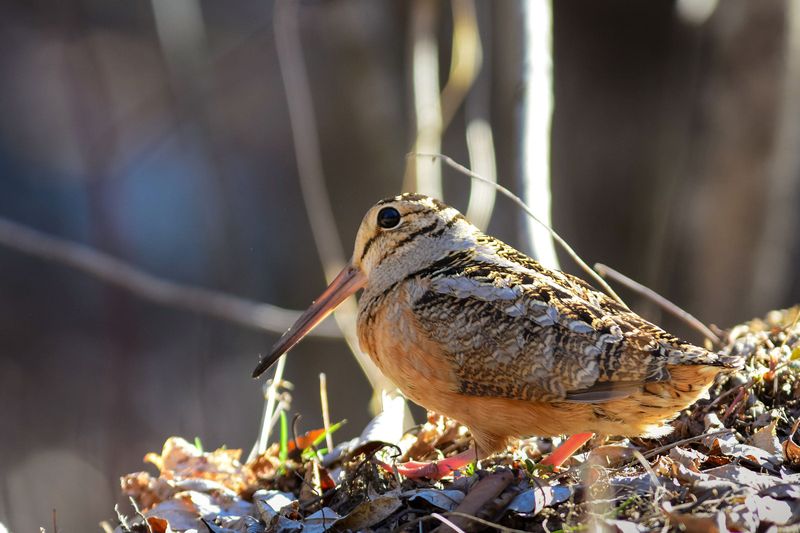
American Woodcocks are unique birds native to West Virginia’s forests. Known for their long bills and plump bodies, they inhabit moist, dense woodlands.
These birds feed primarily on earthworms and insects, using their bills to probe the soil. Their courtship displays, featuring aerial ‘sky dances,’ are a highlight of spring in West Virginia.
American Woodcocks are indicators of healthy forest ecosystems. Conservation and habitat management efforts are vital to maintain their populations. Their presence enriches the avian diversity of the state, offering a fascinating glimpse into the intricate web of life.
Northern Flying Squirrel
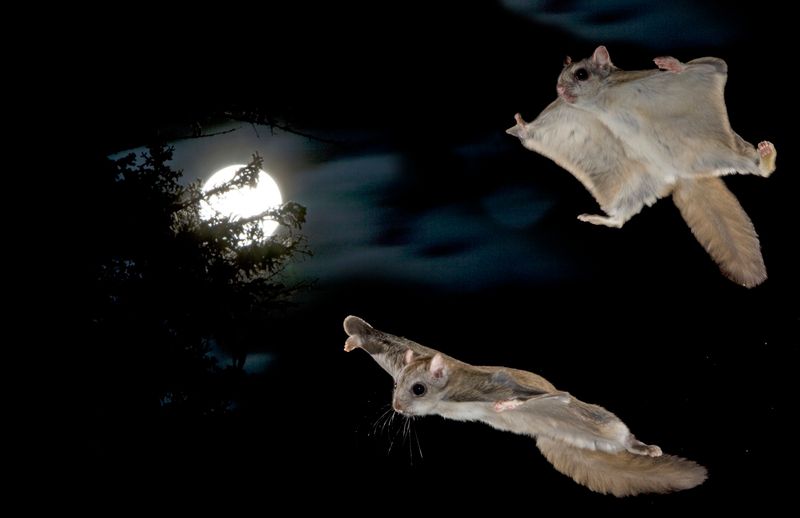
Northern Flying Squirrels are captivating nocturnal gliders found in West Virginia’s forests. With their patagium, a membrane between their limbs, they glide gracefully between trees.
These squirrels are primarily herbivorous, feeding on fungi, lichens, and seeds. They play a crucial role in forest health by dispersing fungal spores, which aid nutrient cycling.
Their secretive nature and agility make them difficult to spot, but they are a key component of the forest ecosystem. Protecting their habitats is essential to preserving the biodiversity of West Virginia’s woodlands.
Ruffed Grouse
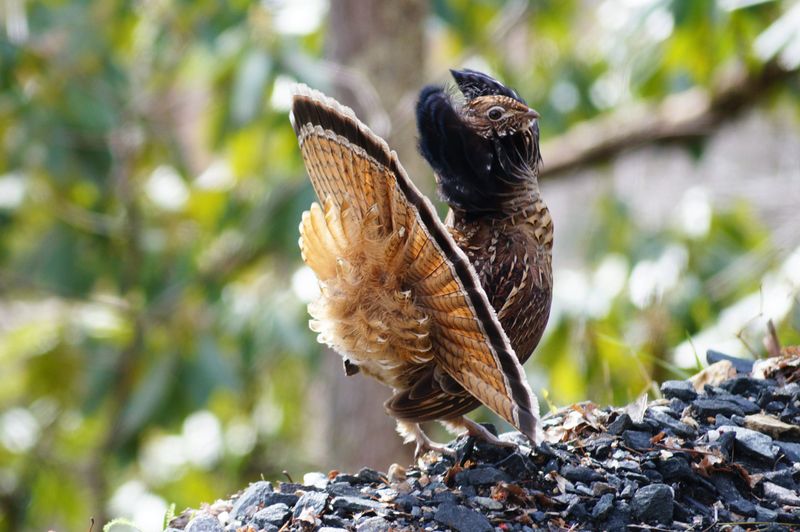
Ruffed Grouse are a common bird species in West Virginia, known for their distinctive drumming display. These birds inhabit mixed forests and thickets, where they forage for leaves, buds, and insects.
Their unique courtship involves a drumming sound created by rapidly beating their wings. This display is crucial for attracting mates and establishing territory.
Ruffed Grouse are an important game species, contributing to the cultural heritage of West Virginia. Their presence highlights the health of the forest ecosystem, dependent on diverse plant communities and natural regeneration processes.
Eastern Hellbender
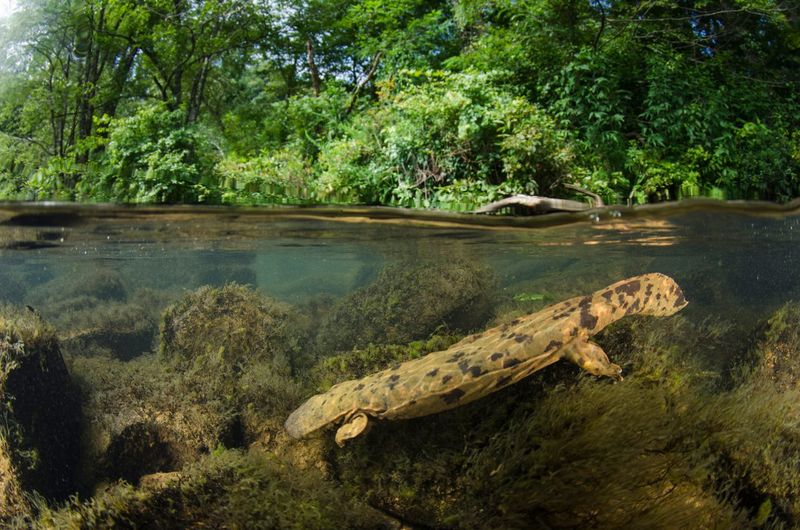
The Eastern Hellbender is one of the most intriguing amphibians found in West Virginia’s rivers and streams. These large, aquatic salamanders prefer clean, fast-flowing water, making them indicators of water quality.
Hellbenders primarily feed on crayfish and small fish. Their presence is vital for maintaining healthy aquatic ecosystems. Unfortunately, habitat degradation poses significant threats to their populations.
Conservation efforts focus on water quality improvement and habitat protection. Observing an Eastern Hellbender in its natural habitat is a privilege, reflecting the pristine nature of West Virginia’s waterways.
Eastern Cottontail Rabbit
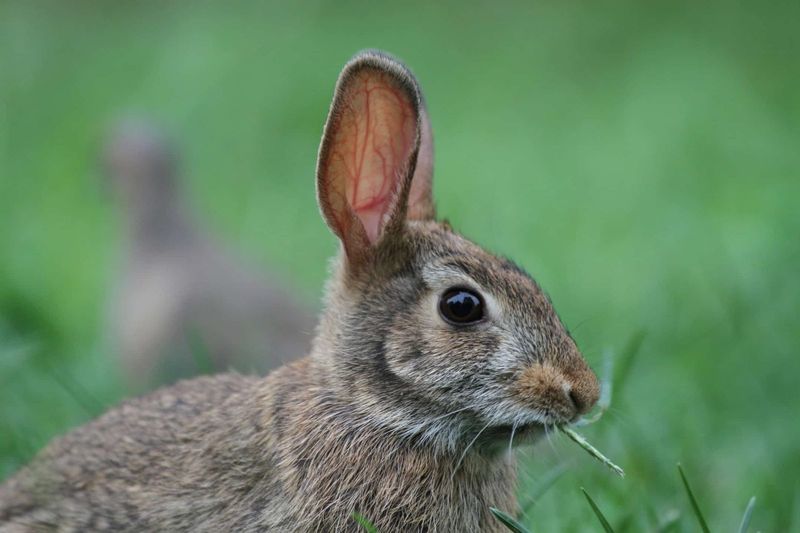
Eastern Cottontail Rabbits are one of the most familiar small mammals in West Virginia. Recognizable by their fluffy white tails, they inhabit fields, gardens, and woodland edges.
Cottontails are herbivores, feeding on grasses, herbs, and garden plants. They are prolific breeders, ensuring population resilience despite predation.
Their presence supports a wide range of predators, including foxes, owls, and hawks. Eastern Cottontails contribute to the biodiversity of West Virginia’s landscapes, showcasing the interconnectedness of nature.
Their adaptability allows them to thrive in both rural and urban environments.
Bald Eagle
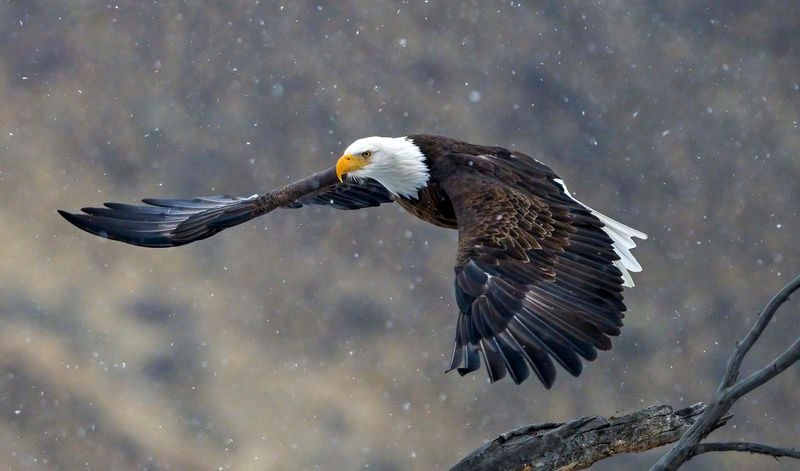
The Bald Eagle, America’s national symbol, is a majestic sight in West Virginia. Known for their striking white heads and powerful wingspans, these raptors are found near large bodies of water.
Bald eagles primarily feed on fish, but they also hunt small mammals and birds. Their presence indicates healthy aquatic ecosystems, as they require clean waters with abundant fish populations.
Conservation success stories have seen their numbers rise after significant declines. Spotting a Bald Eagle is a memorable experience, symbolizing the wild spirit and environmental recovery of West Virginia.
Copperhead Snake
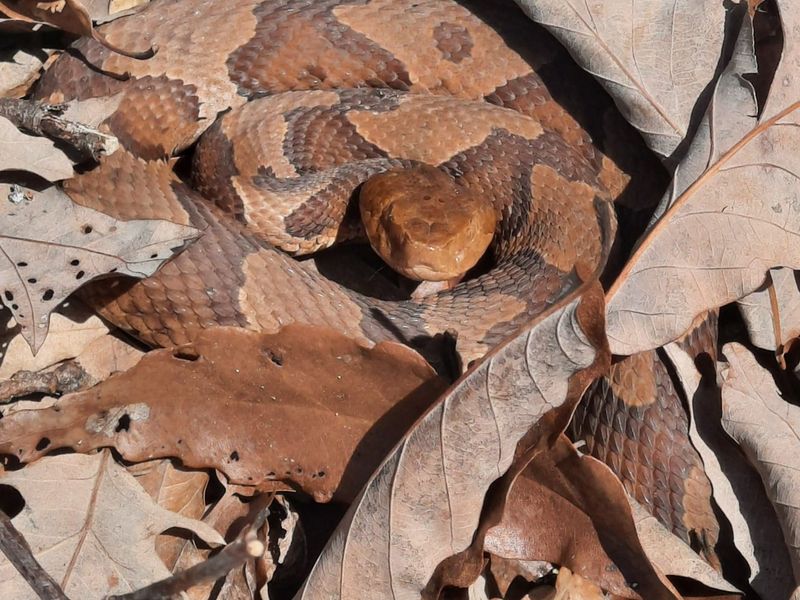
Copperhead Snakes are venomous reptiles native to West Virginia’s deciduous forests. They are known for their distinctive copper-colored bands, which provide excellent camouflage among the leaves.
These snakes primarily feed on small mammals, birds, and amphibians. They are ambush predators, relying on stealth and patience.
While encounters with humans are rare, they play a crucial role in controlling rodent populations. Understanding and respecting their presence is vital for coexistence.
Copperheads represent the diverse reptilian fauna of West Virginia, highlighting the need for habitat conservation and public awareness.
Peregrine Falcon
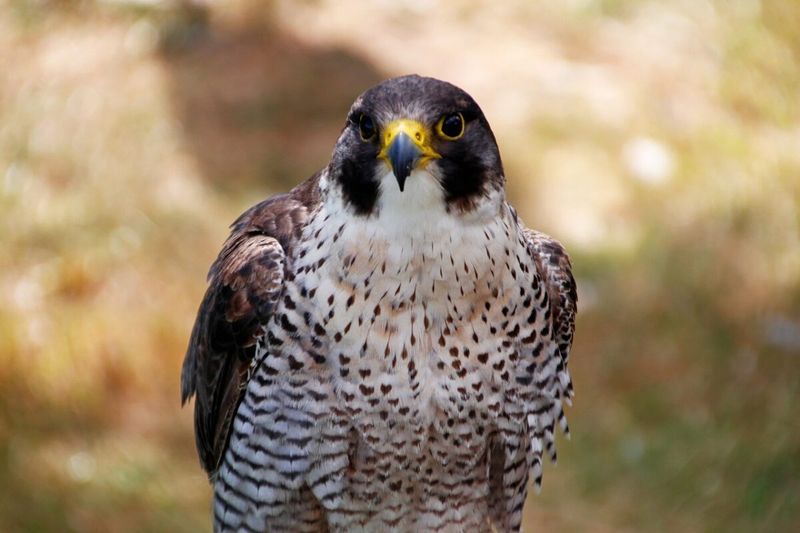
Peregrine Falcons are renowned for their incredible speed and hunting prowess. Found in West Virginia, they inhabit cliffs and urban areas, where they hunt birds in mid-flight.
These raptors are known for their characteristic high-speed dives, reaching over 200 miles per hour. They play a significant role in controlling bird populations, maintaining ecological balance.
The recovery of Peregrine Falcons from near extinction is a conservation success story. Their presence in West Virginia’s skies is a testament to nature’s resilience and the importance of ongoing protection efforts.
American Beaver
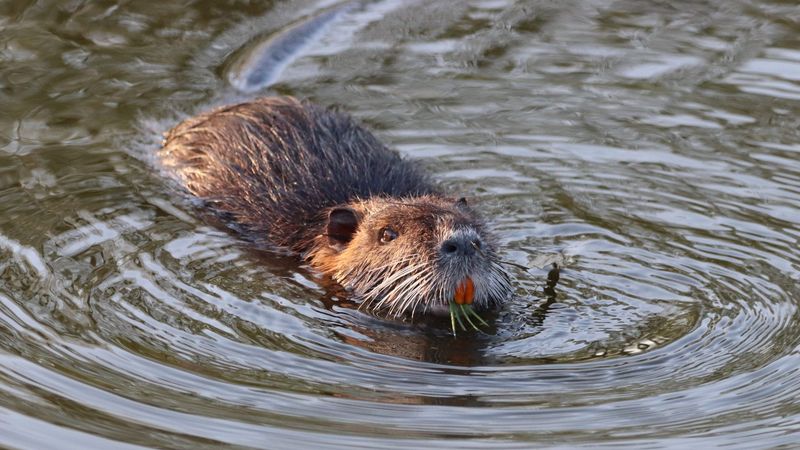
American Beavers are industrious rodents that transform West Virginia’s waterways. Known for building dams and lodges, they create wetlands that support diverse wildlife.
Beavers feed on trees, bark, and aquatic plants. Their activities enhance water quality and biodiversity, making them ecological engineers.
Their presence is crucial for wetland restoration and flood mitigation. Observing a beaver in action provides insight into the complex web of life in West Virginia’s aquatic ecosystems. Their ability to alter landscapes highlights the dynamic interaction between wildlife and the environment.
Northern Cardinal
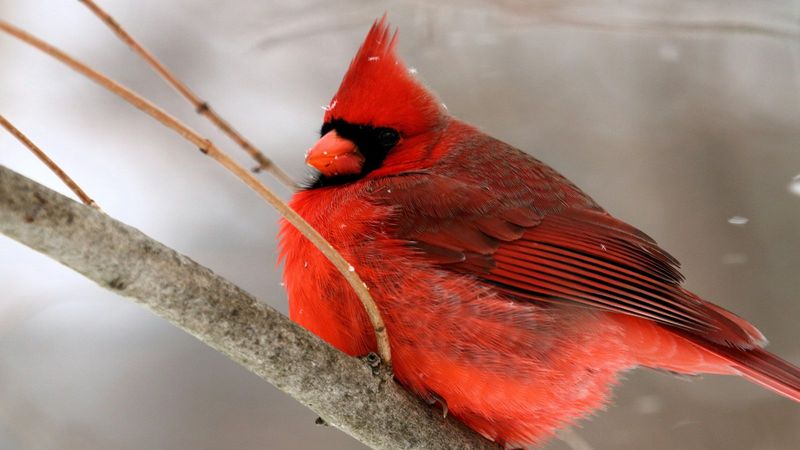
Northern Cardinals are one of the most iconic birds in West Virginia. Recognizable by their brilliant red plumage, they brighten the winter landscape.
These songbirds are found in woodlands, gardens, and suburban areas. They feed on seeds, fruits, and insects, contributing to seed dispersal and pest control.
Their melodious songs and striking appearance make them a favorite among birdwatchers. Northern Cardinals symbolize the vibrancy and beauty of West Virginia’s avian life, adding color and song to its diverse habitats. Their adaptability ensures their continued presence across the state.
Eastern Chipmunk
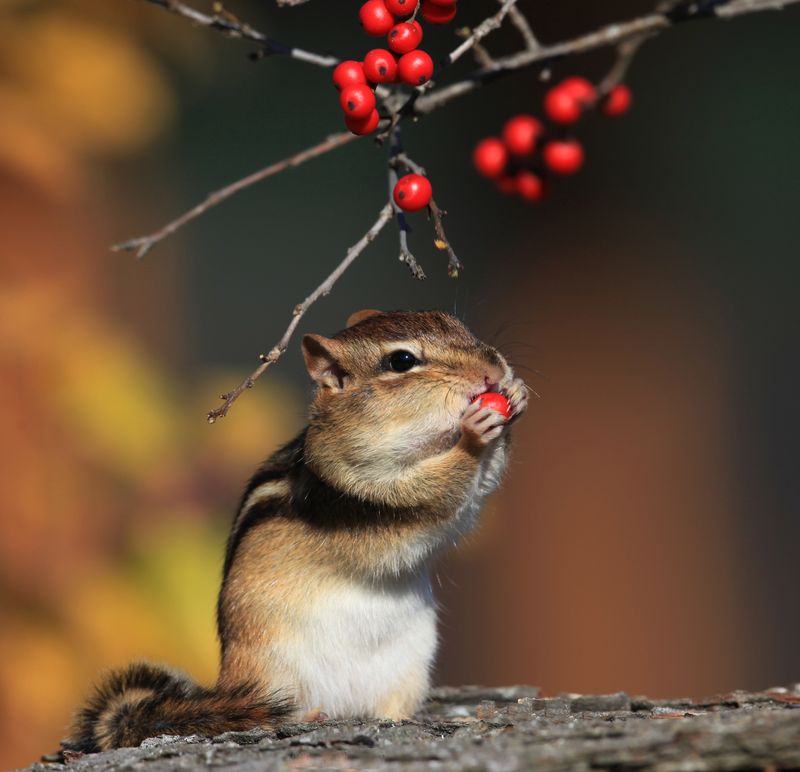
Eastern Chipmunks are small, energetic rodents found throughout West Virginia. Known for their cheek pouches, they collect and store food for the winter months.
Chipmunks inhabit deciduous forests and suburban areas, feeding on nuts, seeds, and fruits. They are vital for seed dispersal and soil aeration.
Their curious nature and charming behavior make them a delight to observe. Eastern Chipmunks play a significant role in the health of West Virginia’s ecosystems, reflecting the intricate connections within nature. Protecting their habitats ensures the survival of these lively creatures.
Black Vulture
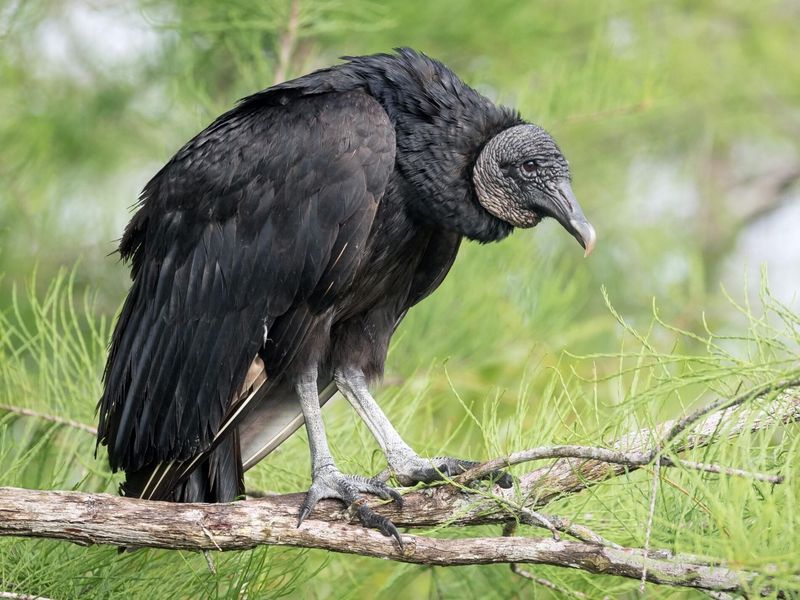
Black Vultures are a common sight in West Virginia, known for their role as nature’s clean-up crew. With their dark plumage and broad wings, they soar gracefully in search of carrion.
These scavengers play a critical role in the ecosystem by disposing of dead animals, thus preventing disease spread. They often feed in groups, showcasing social behavior.
While not as celebrated as other birds, their ecological importance is undeniable. Observing Black Vultures in flight offers an appreciation for nature’s balance, emphasizing the interconnectedness of life in West Virginia’s landscapes.
River Otter
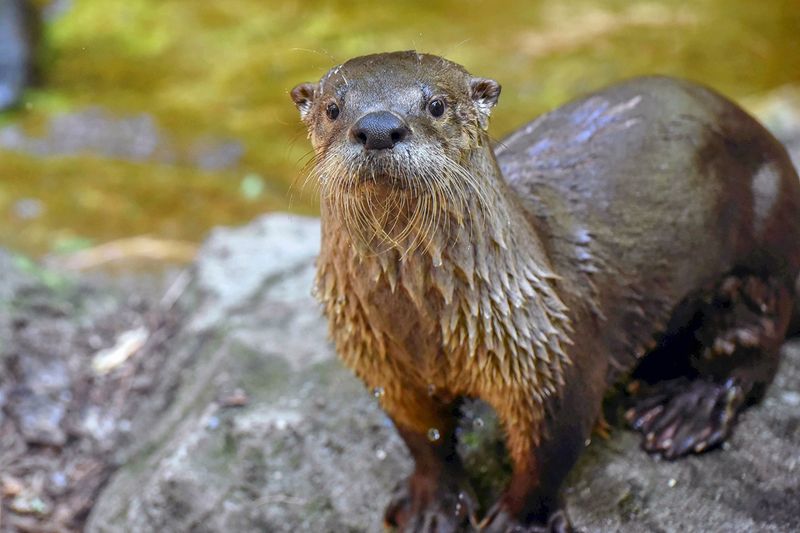
River Otters are charismatic mammals found in West Virginia’s rivers and streams. Known for their playful behavior and sleek bodies, they delight both wildlife enthusiasts and casual observers.
These otters are carnivorous, feeding on fish, amphibians, and crustaceans. They are essential for maintaining healthy aquatic ecosystems.
Spotting a River Otter is a highlight of exploring West Virginia’s waterways. Their presence indicates clean water and abundant food resources. Protecting their habitats ensures the continuation of their playful antics and ecological contributions.
Eastern Red Bat
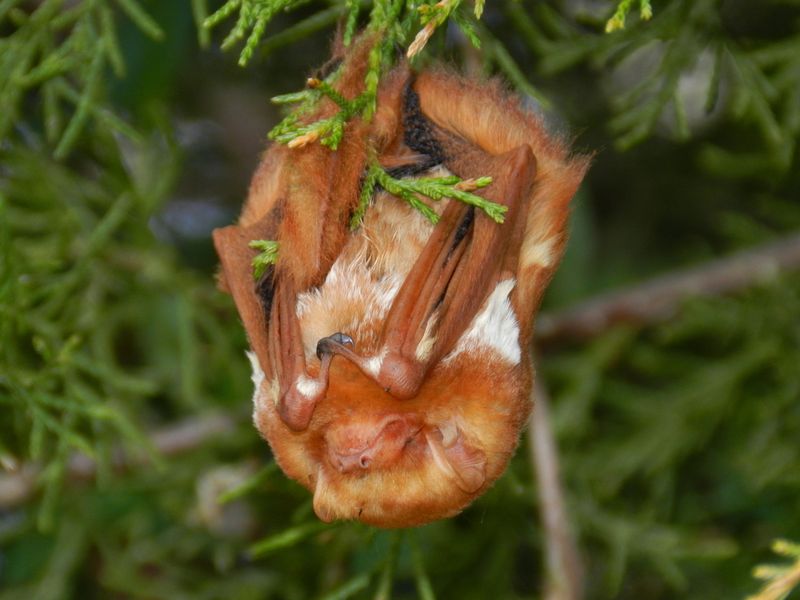
The Eastern Red Bat is a solitary creature often found roosting in trees across West Virginia’s woodlands. With its reddish-brown fur, this bat is well-camouflaged among the autumn leaves.
These bats are insectivorous, playing a vital role in controlling insect populations, especially during the warm months.
Eastern Red Bats are known for their migratory patterns, moving to warmer areas during the winter months. Their ability to fly long distances makes them essential for maintaining balanced ecosystems by managing insect numbers.
These bats are fascinating due to their unique roosting habits, often choosing to hang from tree branches rather than seeking out caves or man-made structures.
Blue Jay
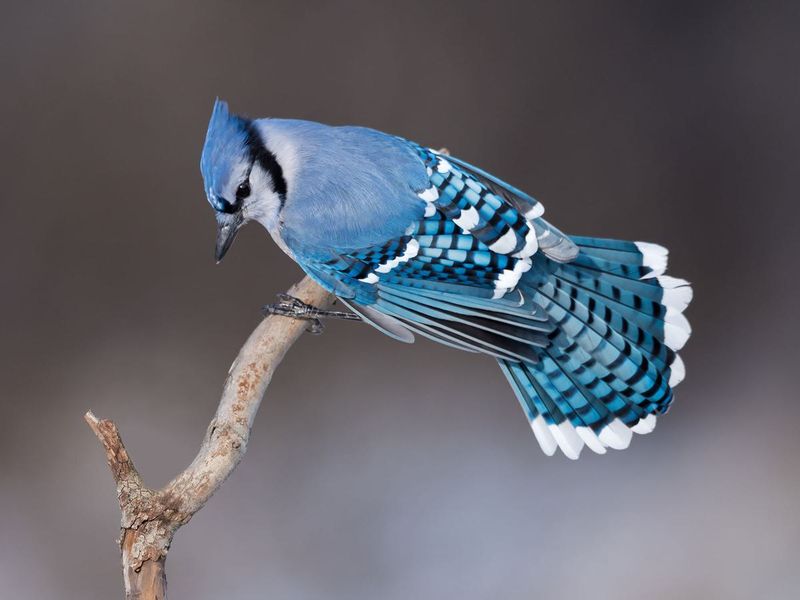
The Blue Jay is a striking bird known for its vibrant blue plumage and distinctive crest. These intelligent birds are commonly found in forests and woodlands across West Virginia. Blue Jays are known for their complex social behaviors and incredible mimicry skills, often imitating the calls of other birds.
In West Virginia, they play a crucial role in spreading seeds and maintaining forest ecosystems. Blue Jays are also known to form tight-knit family groups, displaying strong bonds with their mates and offspring.
Their diet mainly consists of seeds, nuts, and insects, making them essential for controlling insect populations and supporting forest growth.

